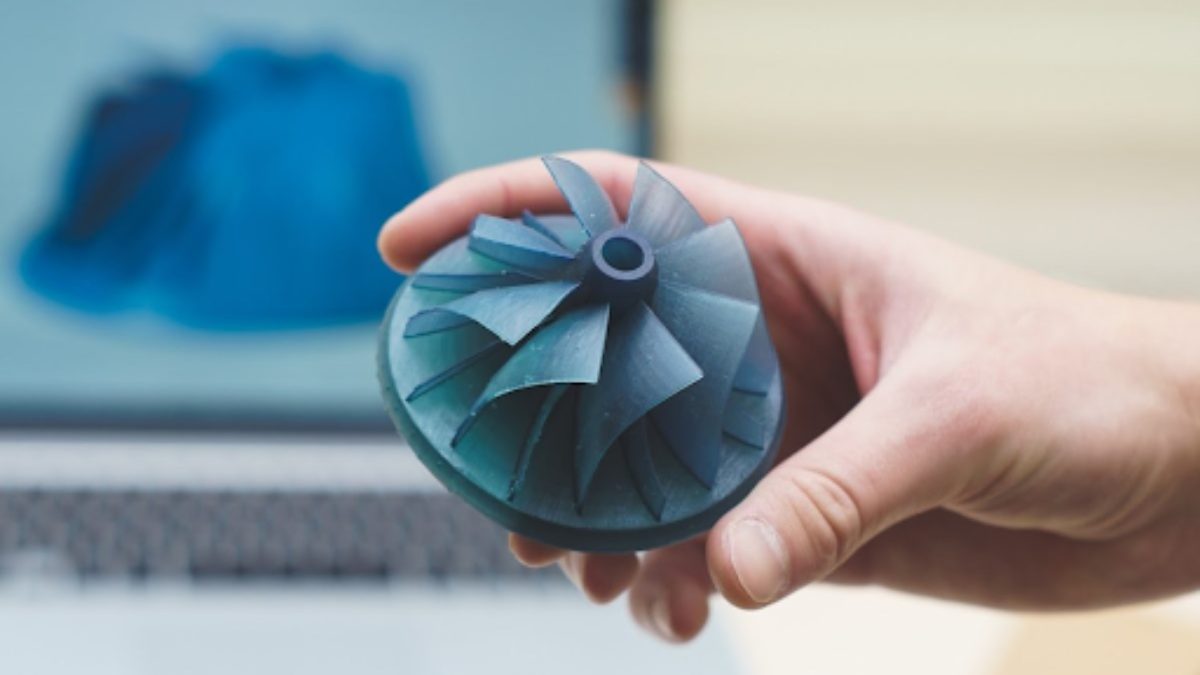A 3D printer is obviously used to develop a three dimensional item. A 3D print service can be employed to create many different products. Due to this, a lot of industries are figuring out that they can use this process too. One of these sectors is in fact the medical industry. Medical 3D printing is done more and more nowadays, which of course offers doctors new possibilities. For patients it can be beneficial as well. Lately it has become possible to even create entire body parts. A CNC service will not be used for this, instead 3D printing is employed.
Lung
Researchers were able to 3D print a lung in 2019. This is not done with the help of human cells, however it still brings new opportunities for organ transplants. On top of that, it may not use human cells, but the lung is in fact fully functional. It actually works just like a real lung. It mainly contracts and expands regularly, this is how the bionic organ pumps air. The 3D printed lung was made by Jordan Millar, he is an assistant professor bioengineering at Rice’s Brown School of Engineering in Texas. His team’s development is, of course, very interesting for the medical sector.
Heart
Besides the lung, a heart was 3D printed for the first time in 2019 as well. This organ was made with the help of human tissue. These were used to 3D print a vascularized heart, which had not been done before. The bionic heart consists of chambers, cells, and blood vessels, which is extremely impressive. Patient-specific biological materials were employed to develop the heart as well, just like the human tissue. Professor Tal Dvir led the study to 3D print the heart, Dvir is from Tel Aviv University’s School of Molecular Cell Biology and Biotechnology and Sagol Center for Regenerative Biotechnology.
Pancreas
Furthermore, a pancreas has also been 3D printed already. This was quite special, since the patient’s own cells were used to develop the organ, while it also has blood vessels. Unfortunately it did not fully replace the actual organ, however it did restore insulin production. Pancreatic islets from animals and bio-inks were used to support the 3D printed cells. It used two syringes. One to create the blood vessels, while the other syringe was employed to display the mixture. Dr. Wiszola is responsible for the 3D printed pancreas, he is a scientist from the Foundation for Research and Science Development in Poland.

